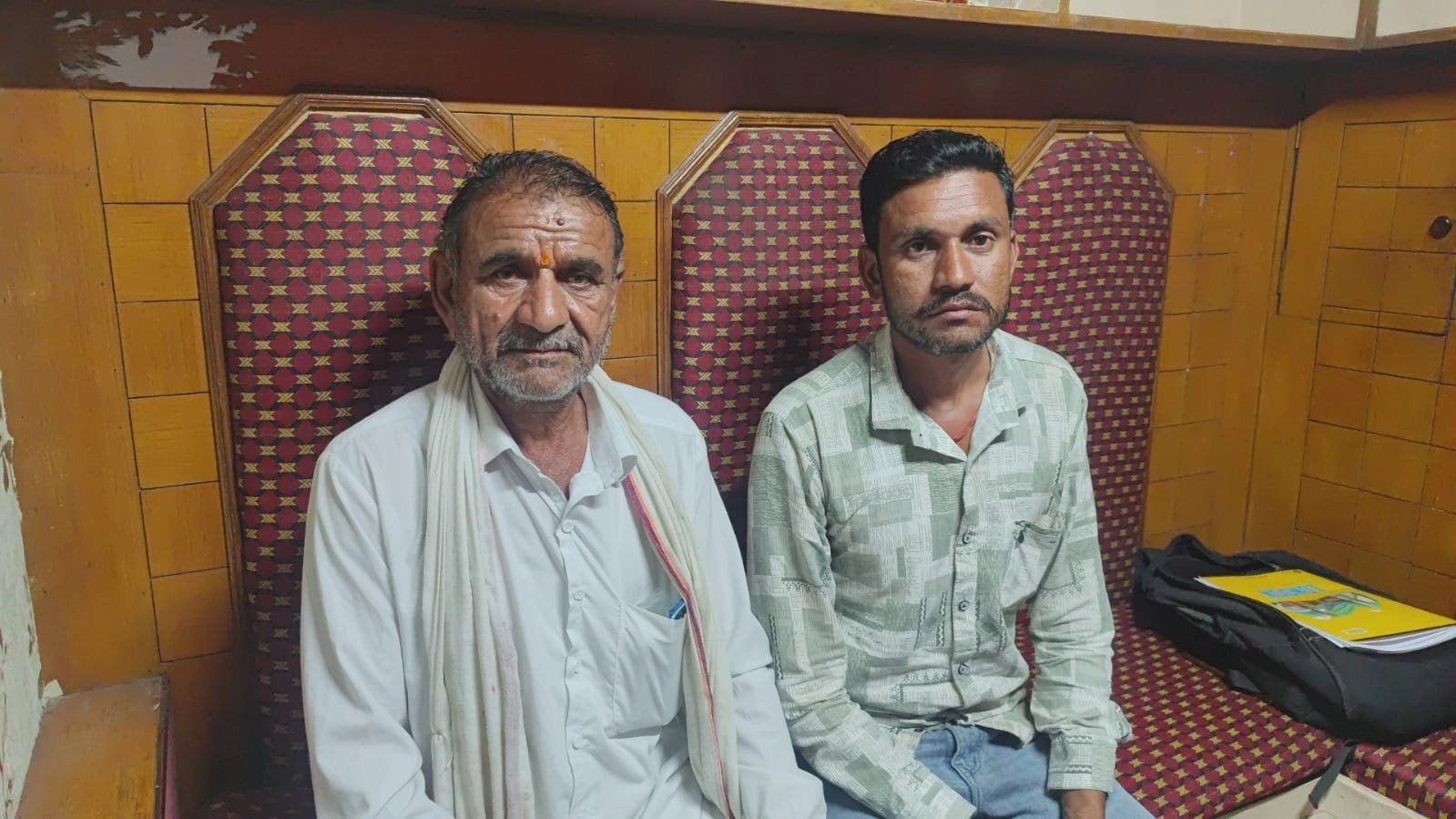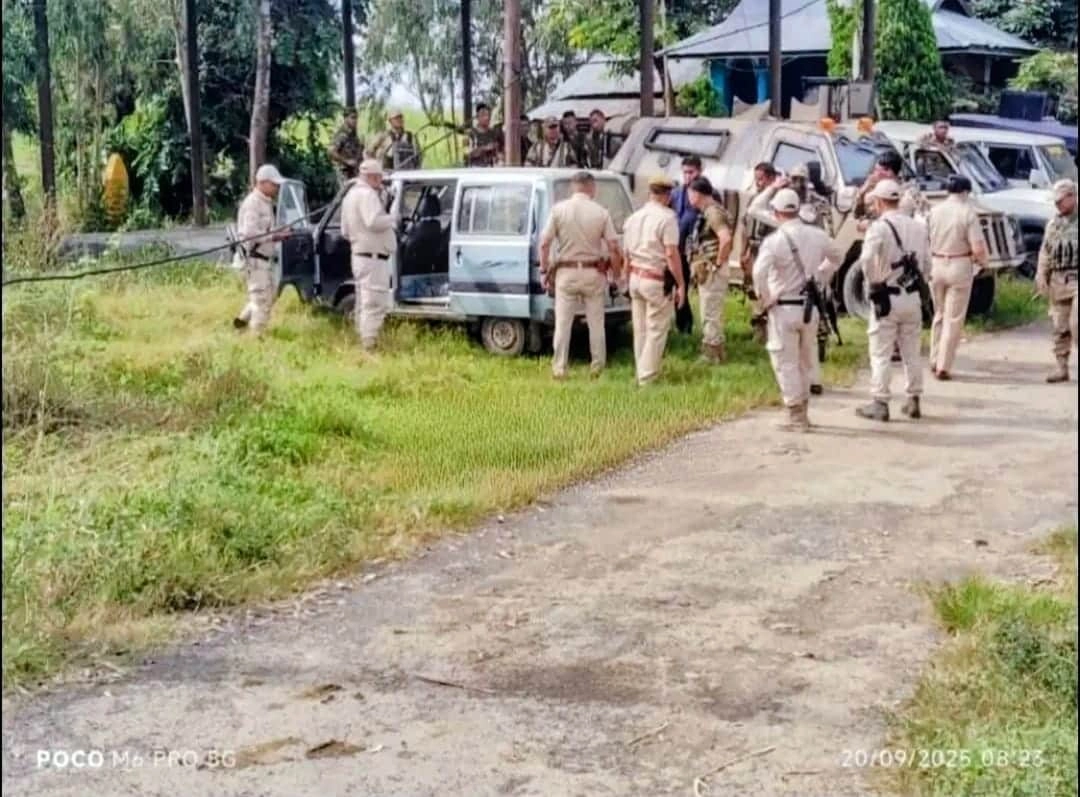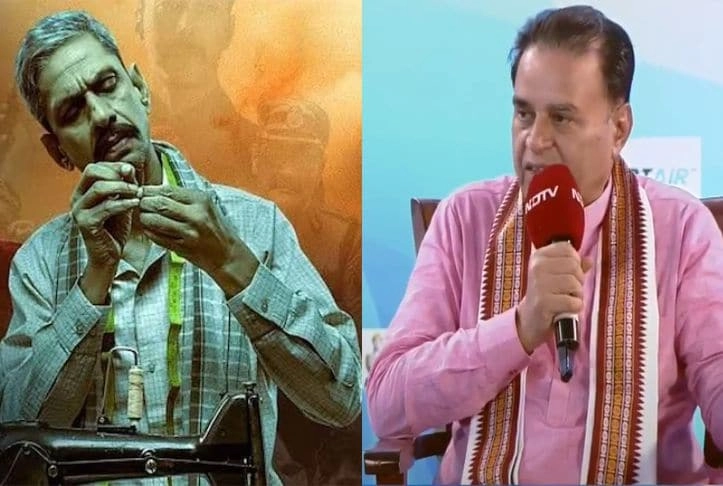In Madhya Pradesh, a local priest has found himself at the center of a contentious issue that has led to a social boycott against him. The priest opposed the decision to shift a religious idol from its long-standing location, a move that has sparked significant backlash within the community. The idol, which holds deep cultural and spiritual significance for the local population, has been a focal point of worship and community gatherings for generations. The priest’s resistance to the relocation decision has not only put him at odds with local authorities but has also alienated him from his own community, which has chosen to impose a social boycott as a means of expressing their discontent.
The opposition to the idol’s relocation stems from a belief among many community members that such a move would disrupt established traditions and rituals that have been observed for years. The priest’s steadfast stance against the shifting of the idol has resonated with a substantial segment of the population, leading to a polarization of opinions within the community. While some support the priest’s efforts to maintain the status quo, others believe that the relocation is necessary for urban development or other logistical reasons. This situation reflects broader tensions between tradition and modernization, a struggle that is emblematic of many communities grappling with change.
As the social boycott continues, the priest faces not only spiritual isolation but also potential economic repercussions, as his role in the community has been significantly diminished. Friends and parishioners who once supported him now distance themselves, leaving him to navigate the challenges posed by this unexpected turn in his life. The situation has drawn attention from various social and religious organizations, some of which are rallying to support the priest in his time of need. This incident highlights the complexities of community dynamics, where individual beliefs can clash with collective decisions, often leading to unforeseen consequences.
In the broader context, the case reflects the ongoing struggle within Indian society to balance tradition with progress. The priest’s predicament serves as a stark reminder of how deeply ingrained cultural practices can shape community relationships and influence social structures. As the situation unfolds, it remains to be seen whether the priest will be able to reconcile his differences with the community or if the divisions will deepen, leading to a prolonged period of conflict. This incident not only underscores the power of community sentiment but also raises important questions about the future of cultural heritage in an increasingly modern world.




